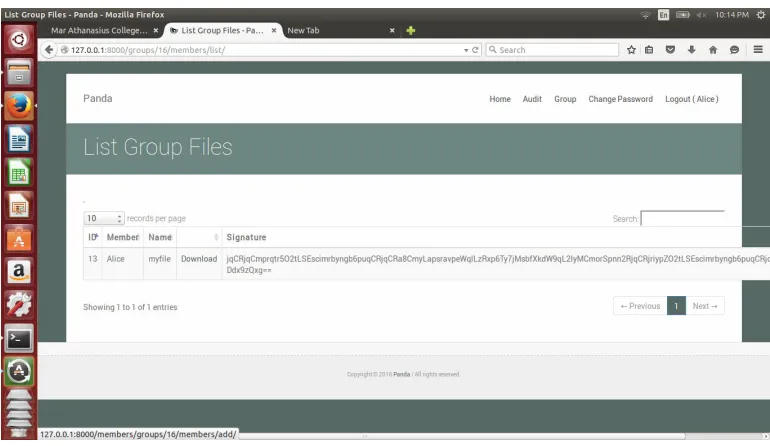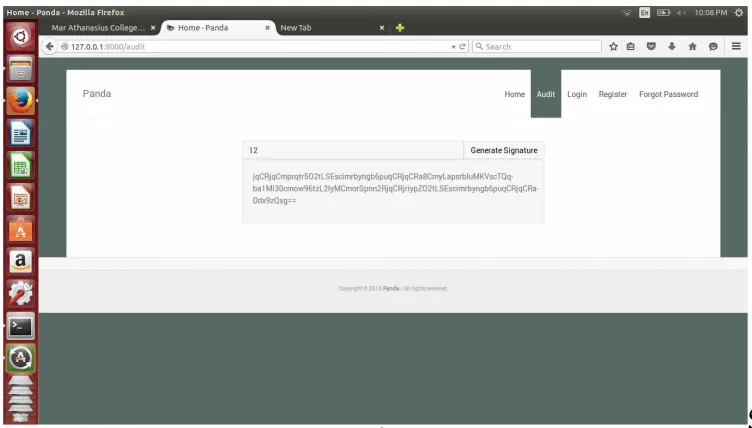Efficient User Revocation with Public Auditing for Shared Data in the Cloud
Full text
Figure




Related documents
To reduce the total number of re-signing keys required in the cloud and improve the scalability of our mechanism, the original user, who performs as the group manager, can keep a
Once a user creates shared data in cloud, every user in the group is able to not only access data but also modify shared data number of cloud users promise
Cloud storage model consist of three entities, such as cloud storage server, a Third Party Auditor (TPA) and group users. The group user can consist of data owner and
In this case, the collusionof revoked user and the cloud server will give chance to malicious cloud server wherethe cloud server could update the data and when user tries
Cloud storage model contain three entities, namely the cloud storage server, group users and a Third Part Auditor (TPA). The cloud storage server is semi-trusted, who
The combination of new staff and revocation of current member of staff makes the group active in nature. The common variations of membership make capable and
View Files: This module allow auditor to view the all details of file organization. Block User: Admin have authority to block the misbehave user account. Public Verifier:
In order to over these drawbacks we proposed a novel architecture of public auditing mechanism for maintaining the integrity of shared data by means of efficient user revocation in
